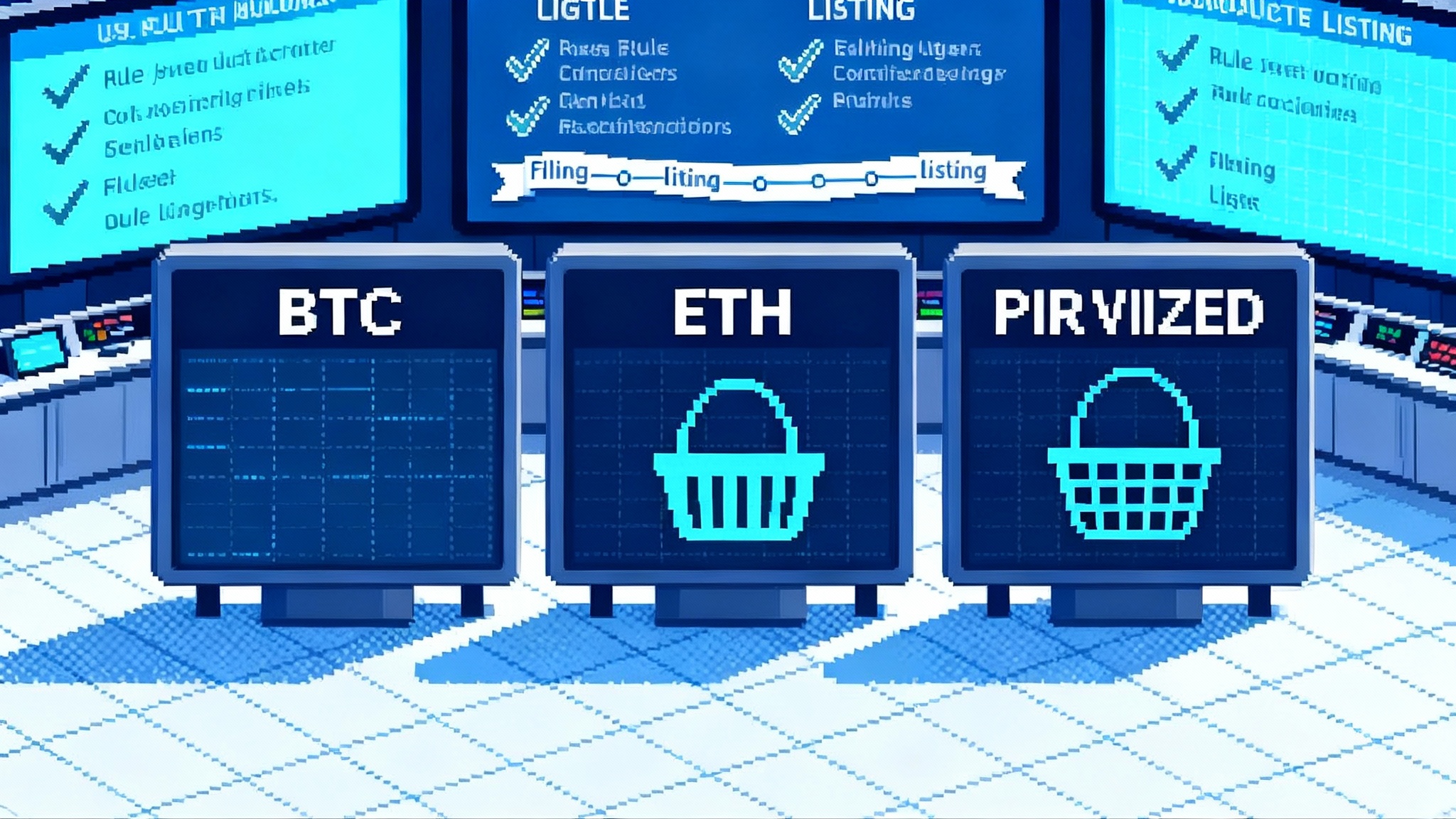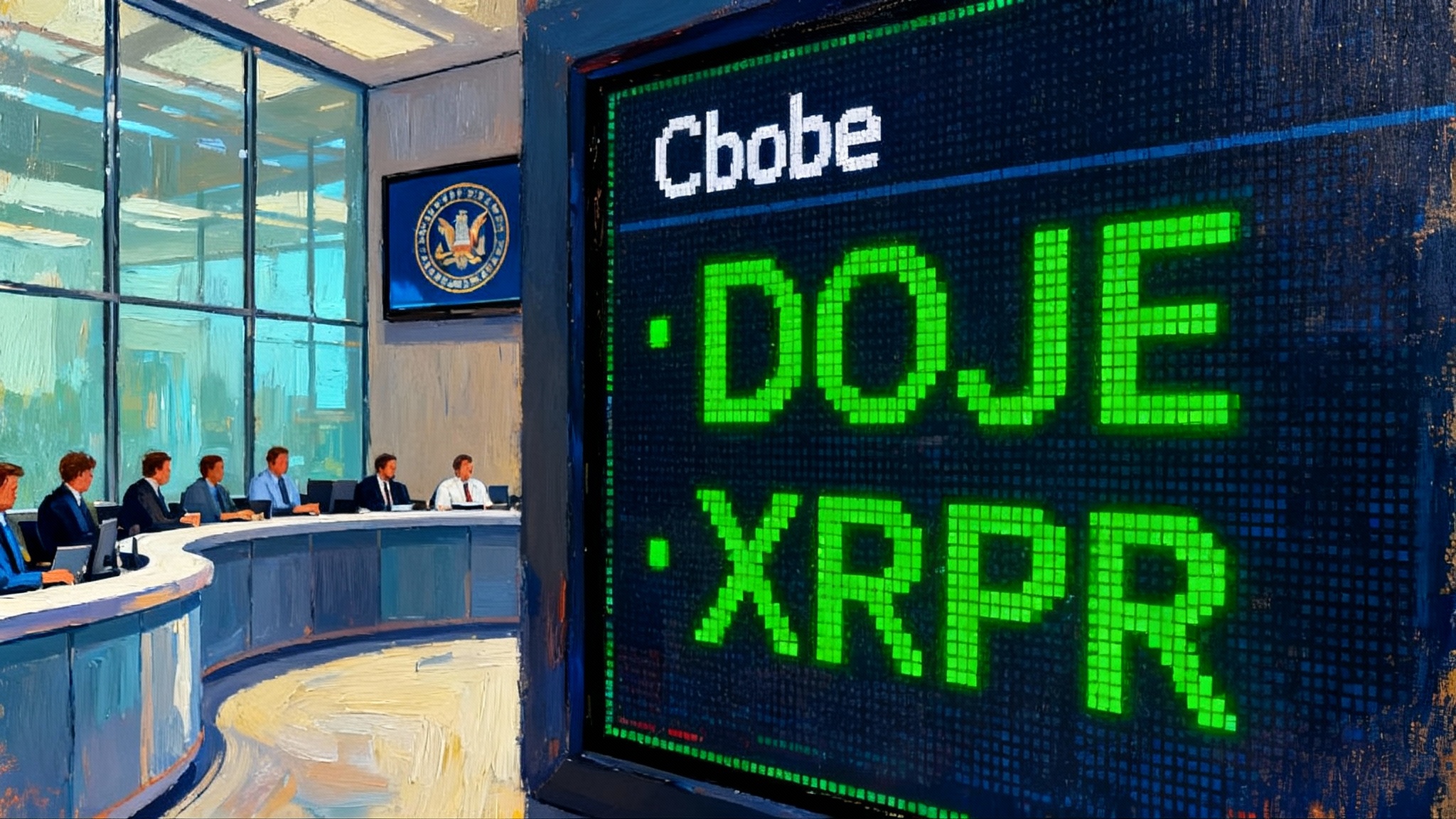America’s Stablecoin Shockwave: Inside the GENIUS Act Race
The new U.S. stablecoin law hardcodes full reserves, standardized disclosures, and KYC at the edges. Issuers, banks, and card networks are racing to plug in while DeFi pivots to permissioned pools and on-chain telemetry. Here is how payments, liquidity, and winners shift next.

The week the rails shifted
In July 2025, the United States enacted the Guiding and Establishing National Innovation for U.S. Stablecoins Act, better known as the GENIUS Act, a federal framework for payment stablecoins that sets the terms for on-chain dollars in mainstream finance. The law hardwires three ideas into U.S. stablecoins: one-to-one reserves in high-quality assets, recurring public disclosures, and full KYC and AML compliance at issuance and redemption. It is the first time Washington has given stablecoins a single national lane rather than a puzzle of state regimes. You can review the bill’s record on Congress.gov under S. 1582 via the GENIUS Act legislative history.
You could feel the market reprice overnight. The question is no longer whether stablecoins will be regulated, but who will capture the flow once the rails are compliant at scale. The second-order effects are already unfolding.
What the GENIUS Act really requires
The statute targets payment stablecoins, meaning fiat-redeemable tokens intended for payments and settlement. Three pillars define eligibility:
- 100 percent reserve backing: Outstanding tokens must be matched by cash and cash equivalents, commonly short-dated Treasuries and bank deposits. No leverage, no maturity mismatch.
- Disclosure cadence: Issuers must publish regular, standardized reports on reserve composition and key risk metrics, with independent attestations and supervisory access.
- KYC and AML at the edges: Issuance, redemption, and certain enterprise integrations require customer due diligence, sanctions screening, and suspicious activity monitoring. In practice this pushes most volume through permissioned endpoints while leaving tokens composable on public chains.
The law also clarifies who can issue. Banks can, trust banks can, and nonbank institutions can if they meet reserve, governance, and consumer protection standards. It gives federal supervisors a clear line of sight and preempts some, not all, of the state patchwork. The result is a national on-ramp for on-chain dollars that traditional finance can use without reputational penalty. For how Treasury may translate the statute into exams and templates, see our rundown of Treasury starts GENIUS Act rules.
The land grab begins
The moment the ink dried, issuers and would-be issuers moved.
- Circle filed for a national trust bank charter to custody reserves directly, streamline supervision, and plug USDC into bank-grade infrastructure. A trust bank charter does not grant deposit taking or lending, but it lets Circle manage reserves under a single federal umbrella.
- PayPal accelerated PYUSD’s footprint, expanding to additional networks and merchant flows while leaning into settlement and fintech partnerships.
- Tether signaled a U.S.-compliant domestic spinoff for American users, separate from USDT’s international issuance. The logic is straightforward: keep the global liquidity machine running abroad while launching a fully GENIUS-compliant token in the U.S., with U.S. governance, U.S. attestation, and U.S. banking partners. For context on the strategy, see Tether brings USAT stateside.
- Ripple pushed a bank-integration strategy with a charter bid tied to RLUSD, aiming to hold reserves closer to the payment system core.
Issuers are converging on the same playbook: some form of federal charter or a close ally with one, transparent reserves, distribution through payments and banking partners, and deep integration with developer ecosystems where stablecoins already power settlement.
Banks and card networks plug in
Traditional finance finally has a standard it can underwrite. Expect three near-term moves from incumbents:
- Banks will white-label or co-brand stablecoins with licensed issuers and route corporate treasury, B2B settlement, and cross-border flows over token rails. Banks gain fee income and balance sheet relief while keeping compliance.
- Card networks will treat compliant stablecoins as a new settlement currency inside existing merchant acquiring and payout pipes. For networks, it simplifies FX and reduces weekend and holiday settlement friction for marketplaces and gig platforms.
- Payment processors will offer stablecoin acceptance alongside cards and ACH, pricing it as instant settlement with transparent fees. Early merchant wins will skew to marketplaces, software platforms, and cross-border ecommerce.
The pattern is clear: issuers supply compliant dollars, banks supply regulatory and liquidity muscle, and networks supply acceptance and distribution.
DeFi’s compliant turn
DeFi builders have been preparing for this pivot. Over the next year, watch for three adaptations:
- Permissioned pools: Lending markets and AMMs will launch pools gated to KYC’d addresses, with whitelists controlled by independent administrators. This lets institutions deploy capital on public chains without violating compliance rules.
- On-chain disclosures: Reserve attestations, money-market exposures, and risk dashboards will be published on-chain for machine-readable ingestion. Oracles will make disclosures programmable, letting protocols adjust collateral factors or caps automatically when an issuer’s reserve profile changes.
- Stablecoin standardization: Protocols will define a “compliant payment stablecoin” class in governance, with parameters like haircut tiers, liquidity floors, and circuit breakers tuned to the new disclosures.
The irony is that compliance can increase composability. When every large token publishes the same data with the same cadence, protocols can treat dollars like Lego bricks.
How the U.S. path differs from Europe and the U.K.
MiCA, the EU’s crypto framework, is narrower and stricter for payments. It requires authorization for issuers of e-money tokens and sets threshold-based limits on non-euro tokens used as a means of exchange inside the bloc. Supervisors can force issuance pauses when thresholds are breached, and reserve composition and governance are tightly prescribed.
The U.K. is drawing its own lines. The Financial Conduct Authority has consulted on a dedicated regime for issuing and safeguarding stablecoins, while the Bank of England has floated limits on holdings of stablecoins used in systemic payment systems. The BoE’s discussion papers emphasize potential caps for individuals and firms to manage deposit flight risks, alongside a safeguarding regime for backing assets; see the outline in the BoE approach to innovation.
By contrast, the GENIUS Act does not cap individual holdings. It focuses on reserves, disclosures, and supervision, effectively saying that if your token is fully backed and your edges are KYC’d, the market can decide scale. That difference matters for where liquidity congregates and which tokens merchants choose for settlement.
Liquidity effects to watch
Three liquidity shifts are already in play, and they will intensify over the next 12 months.
- Treasury demand rises
Stablecoin reserves live in cash and short-term government paper. As compliant supply grows, so does structural demand for T-bills. That can slightly compress front-end yields and add a sticky buyer base that rolls every few weeks. If yields fall, issuers’ income falls, which pressures fee models and encourages scale or value-added services.
- On-chain payments graduate from pilot to line item
A compliant, instantly settling dollar unlocks use cases that were awkward before: marketplace payouts on weekends, cross-border vendor payments without hidden FX, creator micropayments, and insurance claim disbursements. The first adopters will be software platforms that can abstract the crypto parts for end users.
- DeFi integrations rebalance toward compliant dollars
Protocols that want institutional liquidity will privilege GENIUS-eligible tokens. Collateral factors will be highest for dollars with the cleanest reserve disclosures, the most conservative duration, and the clearest redemption pathways.
The next 12 months: winners and losers
Winners
- Regulated issuers with distribution: Circle, the PYUSD issuer, and any player that pairs a clean reserve book with retail or merchant reach will gain share.
- Banks with trust charters and payments franchises: Trust banks can custody reserves and service institutional clients. Regional banks with strong treasury services will package stablecoin settlement for B2B flows.
- Card networks and processors that move first: Networks that treat stablecoins as a settlement currency will win platform deals with software marketplaces and cross-border ecommerce.
- Compliant DeFi: Protocols that invest in KYC-gated pools, on-chain risk telemetry, and clear disclosure policies will attract institutional capital.
Losers
- Opaque issuers in U.S. corridors: If you cannot show exactly what is in your reserves, your integrations will shrink.
- High-fee cross-border rails: When stablecoin settlement is compliant and cheap, legacy corridors with multiple intermediaries and hidden FX spreads lose volume first.
- EU dollar-token scale in consumer payments: MiCA’s thresholds for non-euro tokens make it harder for dollar stablecoins to dominate day-to-day payments in Europe.
- U.K. retail scale if caps bite: If the BoE implements tight holding caps for systemic stablecoins, U.K. consumer adoption will plateau at lower levels relative to the U.S.
Strategy notes for operators
- Design for audits: Keep duration short, counterparties diversified, daily liquidity buffers, and independent trustees. Publish machine-readable disclosures.
- Treat KYC as a product: Issue and redeem through KYC’d endpoints, and allow listed wallets to travel across chains and protocols without repeated friction.
- Go where developers are: Expand to chains your customers use. Support standard toolchains and ship payment, treasury, and accounting SDKs.
- Partner across the stack: Pair with banks for reserve custody, processors for acceptance and payouts, card networks for settlement, and exchanges for liquidity.
The competitive map by July 2026
- Circle: If the trust bank charter clears and exchange integrations hold, USDC is the benchmark for compliance-first dollars.
- PYUSD: PayPal’s distribution is the asset. If acceptance widgets and settlement tools ship to merchants, PYUSD can become a default for marketplace payouts.
- Tether’s U.S. spinoff: A compliant, domestically issued token would let Tether compete for U.S. payment and enterprise flows without changing USDT’s global profile.
- Euro stablecoins: In the EU, compliant euro tokens can grow into everyday payments where card interchange is high and settlement friction is painful.
- U.K. tokens: Much depends on whether the BoE sets tight holding caps and for how long.
For adjacent market-structure shifts affecting issuers and liquidity, see how the SEC is reshaping listings in SEC opens the gates to altcoin ETFs.
What to watch next
- Final supervisory rules and examiner handbooks under the GENIUS Act, which will shape issuer costs and disclosures.
- Bank charters and master account access for reserve custody, which will determine institutional comfort.
- Processor and network announcements that make stablecoin settlement invisible to end users.
- DeFi governance updates that codify compliant stablecoin tiers, risk weights, and automated guardrails tied to issuer disclosures.
- EU guidance on thresholds and exemptions in practice.
The through-line is simple. The U.S. chose reserves, transparency, and compliance over caps and categorical bans. That invites banks, card networks, and enterprises onto the rails. Liquidity follows clarity. Builders who embrace the new constraints will inherit the flow.








